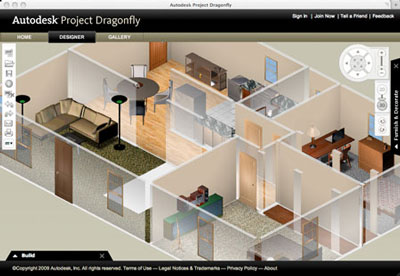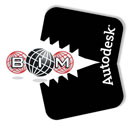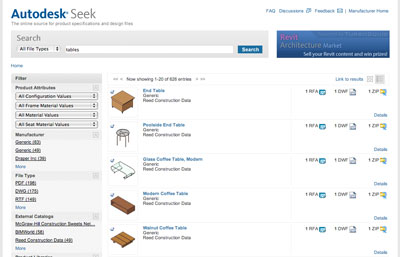Autodesk has not yet abandoned their web-based services endeavours in spite of a wilting construction industry and sinking global economy. Just prior to Autodesk University 2008 their Seek service received a significant makeover. Now this week it was announced BIMWorld has been acquired by Autodesk so that its BIMLibrary catalogue can be folded into Seek's. These events all sound good on paper, but how do they stack up, and more importantly is this a step forward for the Seek service?
The new user interface
The old white on black style of Seek has disappeared in favour of pastels on white. Overall this is a welcome change, but more importantly the overall appearance has been tidied up, with more attention paid to the rendering of onscreen elements. The result still feels very database-driven, but compared to the previous interface it does have a better flow and a less haphazard look. The Javascript-based Yahoo! User Interface library has been used to good effect and overall it feels very snappy. Unfortunately under this new coat of paint some things have not changed, for example the URIs for each product are shockingly bad. The option to email a link of the product has improved, but most people are used to simply copying and pasting URLs from the browser. If Autodesk expect others to link to content they need to resolve this problem. Until then it is very difficult for people to collaborate using Seek as a point of reference.



